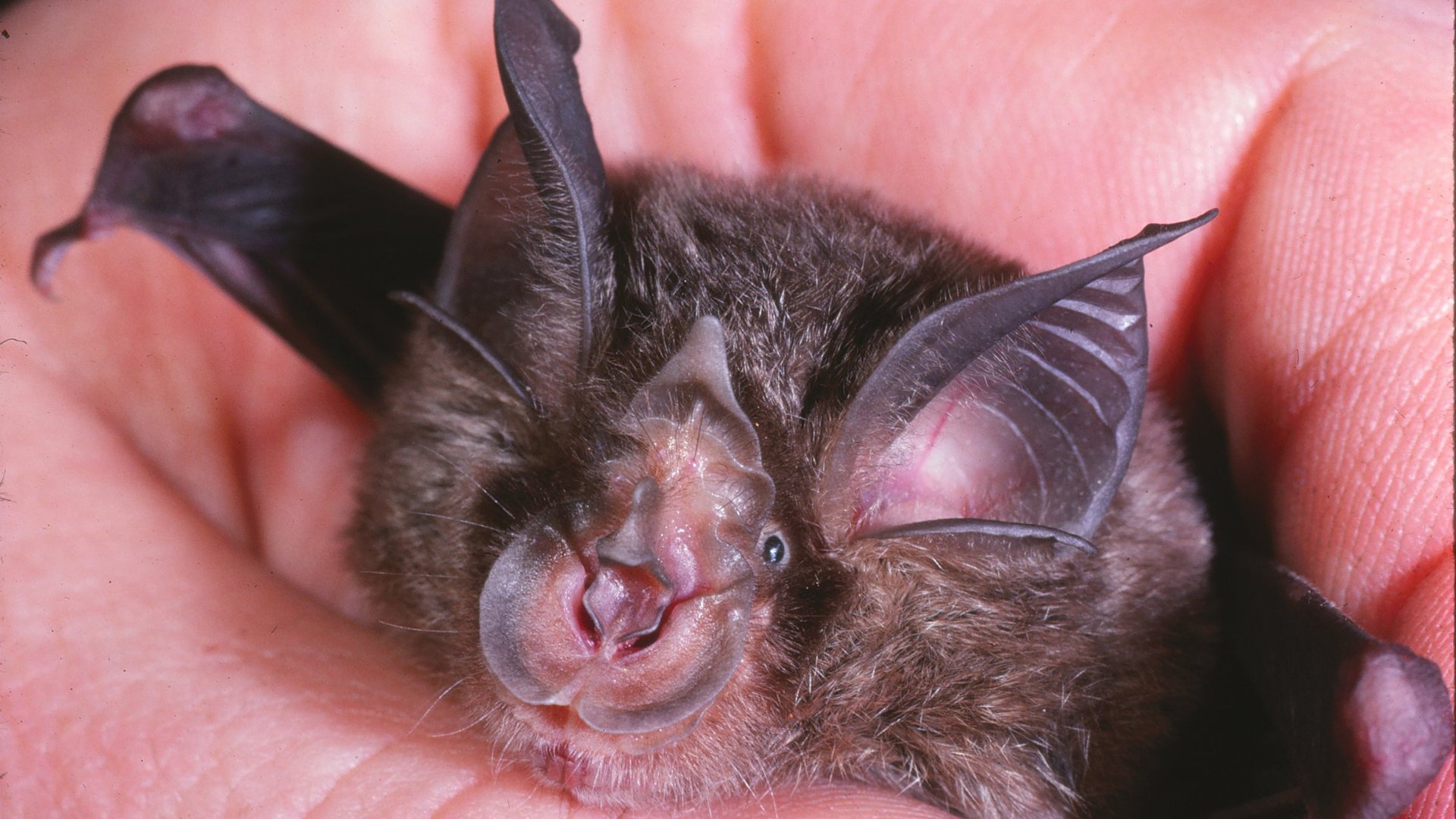Bats carry viruses primed to cause the next deadly pandemic
When it broke out among humans in 2002, severe acute respiratory syndrome (SARS) killed 750 people, sickened around 8,000, and drained at least $40 billion from the global economy. Since 2004, no SARS cases have been reported.


When it broke out among humans in 2002, severe acute respiratory syndrome (SARS) killed 750 people, sickened around 8,000, and drained at least $40 billion from the global economy. Since 2004, no SARS cases have been reported.
New research suggests that’s probably more due to luck than to vigilance. A colony of bats in southern China carry at least seven SARS-like viruses—and at least one of these viruses can infect people directly, according to the study. This is the most compelling evidence yet that SARS may have come directly from bats (paywall).
This is scary because it means people can pick up these SARS-like viruses—they’re technically “coronaviruses,” which mainly infect the upper respiratory and gastrointestinal tracts—from any sort of contact with bats. That discovery knocks a step out of the “spillover” process, referring to how a virus leaps from animal to human cells.
While we’ve known for a while that bats were probably the SARS host, we didn’t know they gave the virus to humans directly. Past research suggested that people picked up SARS from mongoose-like creatures called civets, a southern Chinese delicacy, when they caught, slaughtered or served them.
The lack of an intermediary host makes it much harder to control an outbreak. When the SARS virus was isolated in civets in “wet markets” (where live animals are sold), the Chinese government shuttered the markets. But the new research shows that when another outbreak of a SARS-like virus hits, that might not help much. “It changes the equation” for public health, Peter Daszak, the lead author, told the Wall Street Journal (paywall). “We can close all the markets in China and still have a pandemic.”

Bats aren’t a worry just in China. In the Middle East, a SARS-like virus has killed 62 people; bats are most likely the virus’s host. They’ve also likely been the “reservoir host”—meaning, one that shows no symptoms of the virus—in the outbreak of other deadly viruses, such as Ebola, Hendra in Australia and Nipah in Southeast Asia. And don’t forget rabies, which kills 55,000 people a year and has a mortality rate of nearly 100%.
Why are bats so good at incubating virulent pathogens? Possibly because they tend to live in huge colonies, packed into tight quarters—making it easy for the virus to spread among them—and can live as long as 25 years, David Quammen, an expert on how viruses move from animals to humans, explained to NPR. This makes it easy for viruses to mutate, upping the chances that one will emerge that can leap directly into human cells without first having to adapt inside a host of another species.
All things considered, SARS was relatively gentle on humanity. Nothing at all like, say, the Spanish Flu of 1917-18, which wiped out 50 million people and infected 20%-40% of the global population. As Quammen points out in his book Spillover, while that flu strain was infectious before people started showing symptoms, SARS was the opposite—people became highly infectious only after they grew sick, so they were less likely to infect others. It also had the viral misfortune of emerging in an area with excellent hospitals.
But tweak those two variables and a SARS-like virus could become a pandemic. This new discovery reveals that we’re much more vulnerable to that happening than we’ve realized.
Update: An earlier version of this headline referred to Chinese bats. It has been updated to reflect that the study in question, which looked at a population of bats in China, notes that bats are a reservoir for viruses no matter where they are.